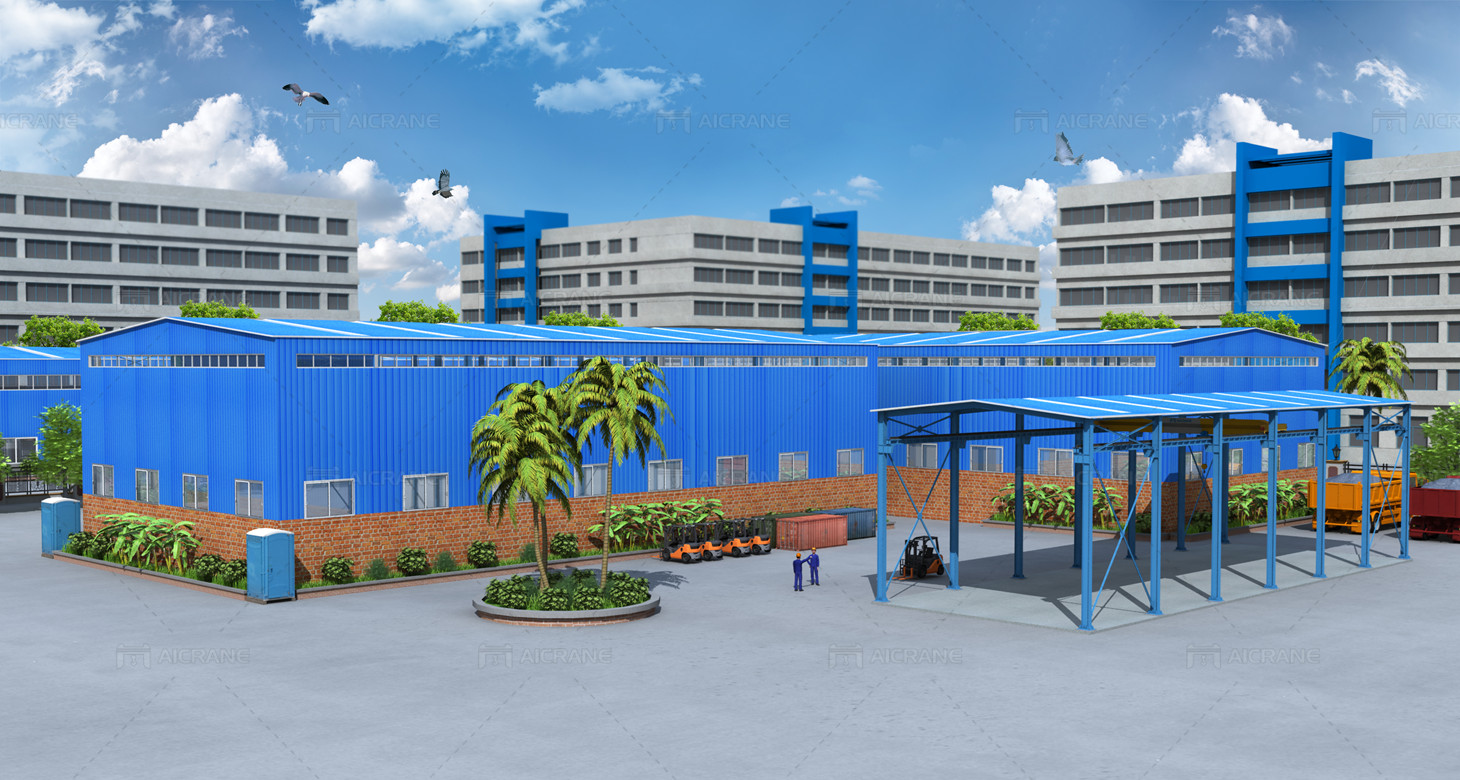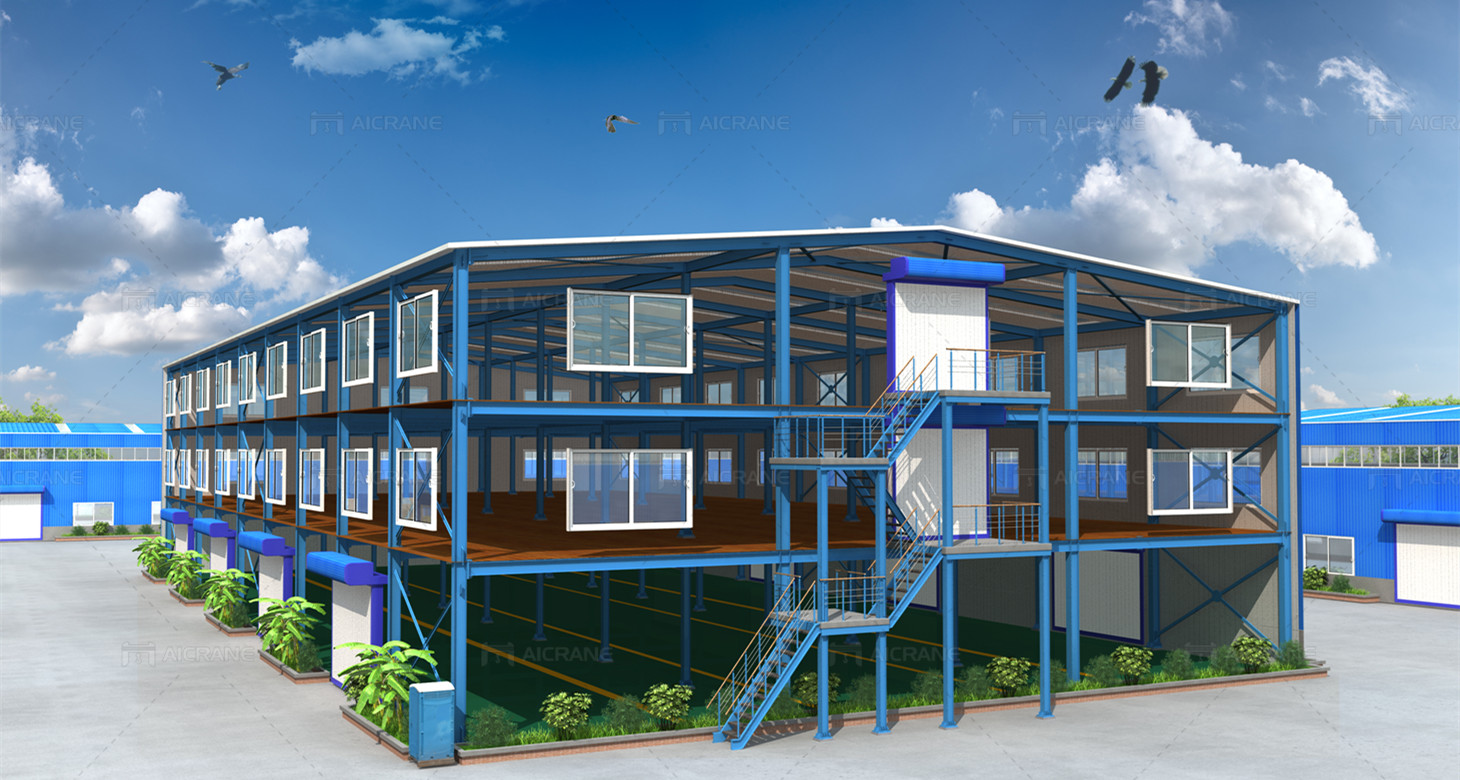Steel workshop buildings are widely used in various industries due to their durability, strength, and adaptability. These buildings can be found in factories, warehouses, and industrial spaces, where they house heavy machinery, production lines, and large inventories. When a steel workshop building reaches the end of its life cycle, whether due to relocation, renovation, or a change in business needs, its materials can often be reused or repurposed rather than discarded. Recycling and reusing the materials from steel workshop buildings is not only environmentally friendly but also cost-effective, offering significant savings on new construction projects.

In this passage, we will explore the various materials in steel workshop buildings that can be reused, the benefits of reusing these materials, and essential tips for ensuring the safe and efficient reuse of steel workshop components.
Key Materials in Steel Workshop Buildings
Steel workshop buildings are typically constructed using several core materials, each with distinct properties that make them ideal for reuse. The primary materials include:
1. Structural Steel: This includes the beams, columns, and frames that form the skeleton of the building. Structural steel is highly durable and can be easily disassembled and reused in new buildings or projects.
2. Steel Cladding and Panels: These are used to cover the exterior of the building, providing insulation and protection from the elements. Cladding and panels can be removed, cleaned, and reused in other structures.
3. Roofing Materials: Many steel workshops have metal roofing, which can often be recycled or repurposed. The metal sheeting and roofing panels are usually made from galvanized steel or aluminum.
4. Fasteners and Bolts: Steel workshop buildings are typically assembled using a variety of fasteners, including bolts, nuts, and washers. These components can be reused, provided they remain in good condition.
5. Doors and Windows: The steel-framed doors and windows from workshop buildings can be salvaged and used in other projects or sold as second-hand building materials.
6. Insulation Materials: Many steel workshop buildings are insulated to regulate temperature. Fiberglass, foam, or other types of insulation can be carefully removed and reused if they are in good condition.
Benefits of Reusing Materials from Steel Workshop Buildings
Reusing the materials from steel workshop buildings offers several important benefits, including environmental, economic, and logistical advantages. Let’s explore these in detail:
1. Environmental Sustainability
One of the most significant benefits of reusing materials from steel workshop buildings is the positive impact on the environment. Steel is 100% recyclable, which means that reusing steel components reduces the demand for raw materials and lowers carbon emissions associated with mining and manufacturing new steel. Additionally, reusing existing materials helps reduce the amount of construction waste that ends up in landfills.
2. Cost Savings
Repurposing steel materials from workshop buildings can lead to substantial cost savings in future construction projects. New steel and building materials can be expensive, so by reusing beams, panels, and fasteners, you can significantly reduce the cost of materials. This is especially beneficial for businesses or individuals looking to build new workshops or other industrial structures on a budget.
3. Quick Access to Materials
When you reuse materials from an existing steel workshop building, you have immediate access to the components needed for new construction or renovation. This can reduce lead times and logistical challenges associated with ordering and waiting for new materials to be manufactured and delivered.
4. Historical Preservation
In some cases, reusing materials from older steel workshop buildings can help preserve the historical character of a structure. Salvaging original components, such as decorative steel panels or framing elements, can maintain the architectural integrity of a space while giving it new life in a modern project.

Tips for Reusing Materials Safely and Efficiently
While reusing materials from steel workshop buildings can be highly beneficial, it requires careful planning and execution to ensure the materials are salvaged, handled, and repurposed safely and efficiently. The following tips will help you navigate the process of reusing steel workshop materials effectively:
1. Perform a Thorough Inspection of Materials
Before dismantling a steel workshop building, it’s essential to conduct a thorough inspection of the materials to determine which components are suitable for reuse. Look for signs of damage, such as rust, corrosion, or warping, which could affect the structural integrity of the steel. Components that are too worn or damaged should not be reused, as they may pose safety risks in future construction.
2. Develop a Careful Dismantling Plan
Dismantling a steel workshop building requires a well-thought-out plan to ensure that the materials are removed safely and without damage. It’s important to work with experienced professionals who understand how to carefully take apart the structure without compromising the quality of the steel components. Careful dismantling also reduces the risk of injury to workers involved in the process.
3. Clean and Treat Reused Materials
Once the steel components have been dismantled, it’s essential to clean and treat them before reuse. This may involve removing dirt, rust, or old paint from the steel. In some cases, you may need to apply a fresh coat of protective paint or coating to prevent future corrosion. Proper cleaning and treatment will extend the lifespan of the reused materials and ensure they perform effectively in their new application.
4. Store Materials in Proper Conditions
If you plan to reuse materials from a steel workshop building at a later date, it’s important to store them properly. Steel components of steel structure warehouse should be kept in a dry, well-ventilated environment to prevent rust and corrosion. Storing materials in poor conditions could compromise their structural integrity and reduce their lifespan.
5. Ensure Compatibility with New Projects
When reusing steel components from an old workshop building, it’s important to ensure that the materials are compatible with your new project. For example, steel beams and panels from the original building may need to be cut or modified to fit the new design. Additionally, check that the materials meet the required load-bearing and safety standards for your new construction.
6. Work with Experienced Contractors
Reusing materials from a steel workshop building is a complex process that requires knowledge of structural engineering, metalwork, and construction techniques. Working with experienced contractors who have expertise in reusing steel materials can help you avoid potential issues and ensure the project runs smoothly.
7. Consider Energy Efficiency Improvements
When reusing materials from a steel workshop building, it’s a good opportunity to make energy efficiency improvements. For example, you can upgrade the insulation or add energy-efficient windows and doors to reduce heating and cooling costs in the new structure. Additionally, you can use solar panels or other renewable energy sources to power the building, further reducing its environmental impact.
8. Comply with Building Codes and Regulations
Finally, it’s important to ensure that your reuse project complies with local building codes and regulations. Some jurisdictions may have specific requirements for reusing materials, particularly structural components like steel beams and columns. Working with an architect or engineer who understands the local building codes will help ensure that your project is compliant and safe.
Reusing materials from steel workshop buildings offers numerous advantages, from reducing waste and environmental impact to cutting costs and speeding up construction timelines. By following the right steps for inspection, dismantling, cleaning, and storage, you can maximize the value of steel components and repurpose them for new projects safely and efficiently. Whether you are building a new structure or renovating an existing one, reusing steel workshop materials is an excellent way to promote sustainability while achieving your construction goals.